Which Technique Is Best?
I have often been asked, “Which technique is best?” for any given situation. The result of those questions was the above video.
The long and short of it is “it depends on the angle of attack coming at you.” But it gets more complicated, as I explain below. In the video, I used three Modern Arnis concepts to illustrate my answer: (1) palis palis; (2) high palis palis; and (3) abanico corto.
The angle of attack will determine your response. For example, I would typically use abanico corto or high palis palis for the higher line attack.


Executing the standard palis palis against an angle #1 attack from a taller opponent is impractical, if not nearly impossible.
On the other hand, executing the standard palis palis against a shorter opponent may be easier. As I say to my students: “it depends.”
Concerning angles 8 and 9, the standard palis palis is the most practical response.
Say someone swings hard at my left knee (angle 9). The energy of that swing is likely to follow through. In light of this, the standard palis palis is the appropriate technique.

All of the above (abanico corto, high palis palis, and the standard palis palis) are all premised on redirecting the stick or the weapon arm.
Unfortunately, dealing with the angles of attack is just scratching the surface. One has to consider many other variables when deciding on the most appropriate technique.
For example, are you dealing with a speedy player? Or are you dealing with a bull? Playing with a taller opponent may require different tactics than tangling with someone shorter than you. What about a slasher vs. one who favours thrusts? A right-hand player or a left-hand player? How do you respond to their attacks?
As one can see, many variables exist when answering “What technique is best?”
Some have asked: “Instead of focusing on the attacker’s weapon, might it be more efficient to go after the attacker?“
In other words, “How about attacking the attacker?” If you can spot an attack in a timely manner, a #5 thrust to the opponent’s Adam’s apple may obviate the need to deal with the weapon.
Again, “it depends.” The “attack the attacker” concept can be challenging against amazingly efficient players. These kinds of players can effortlessly execute non-telegraphic movements. Utilizing the “attack the attacker” counter requires exquisite timing. As one can imagine, this will require years of training.
Anyway, in theory, attacking the attacker can be done. This will require (a) near-instantaneous recognition of an angle of attack and (b) focusing on the attacker. As I said, this ability will only come after a long training period.
In summary, which technique is best depends on the circumstances. Which angle are you dealing with? Is it telegraphic or non-telegraphic? Are you dealing with a speedy player or a bull? Are you dealing with a tall or shorter player? As you can see, there are many variables. Different techniques and players may require different responses.
Ultimately, this means training with as many different players as possible. You can broaden your training possibilities and expand your martial repertoire. What are your thoughts?
Additional Reading
- Angles of Attack in Filipino Martial Arts
- Low High Palis Palis
- Amazing Palis Palis Drill!
- Back To The Drawing Board
- Collect Concepts, Not Techniques
Share this post:
- Click to share on Twitter (Opens in new window)
- Click to share on Facebook (Opens in new window)
- Click to share on LinkedIn (Opens in new window)
- Click to share on Threads (Opens in new window)
- Click to share on WhatsApp (Opens in new window)
- Click to email a link to a friend (Opens in new window)
- Click to share on Pinterest (Opens in new window)
Related
Brian Johns
Related Posts
5 Comments
Leave a ReplyCancel reply
Categories
- Arnis/Kali/Eskrima (132)
- Book Review (8)
- DVD Reviews (3)
- Guest Post (4)
- Inspiration (24)
- Martial Arts (111)
- My story (96)
- Safety (15)
- Tips & tricks (6)
- Uncategorized (3)
- YouTube Videos (8)
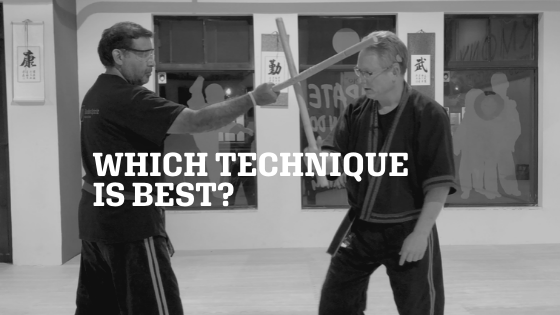
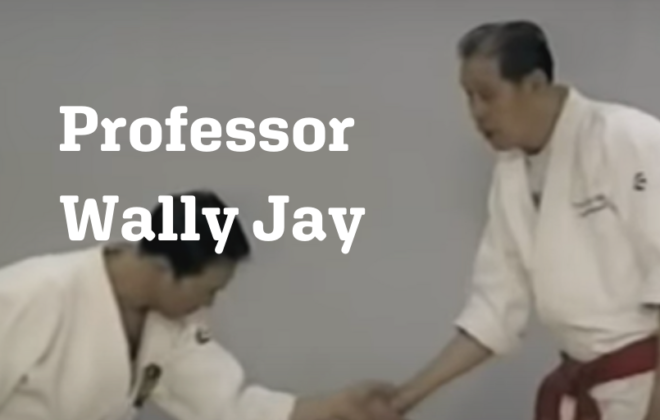
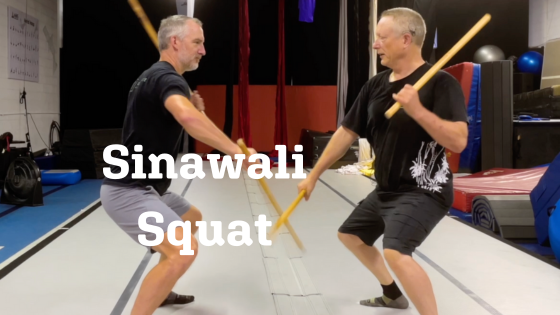
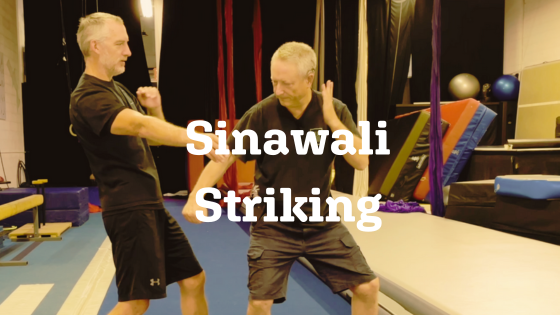
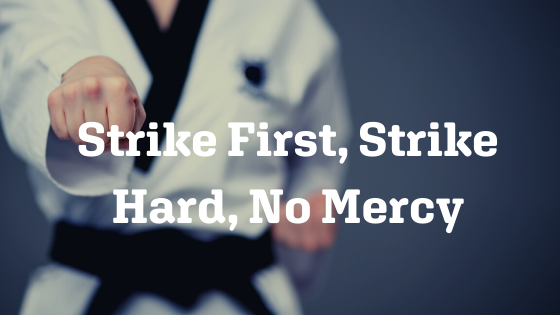


[…] How do you know when to use the abanico corto technique of the month sequence? That’s a post for another day. […]
[…] would I use the abanico corto technique? I would use this technique against attacks that is at least shoulder height. I definitely would […]
[…] is a high line attack. Is the angle of attack is too high for the standard palis palis? What is the best technique to use […]
[…] Which Technique Is Best? […]
[…] Which Technique Is Best? […]